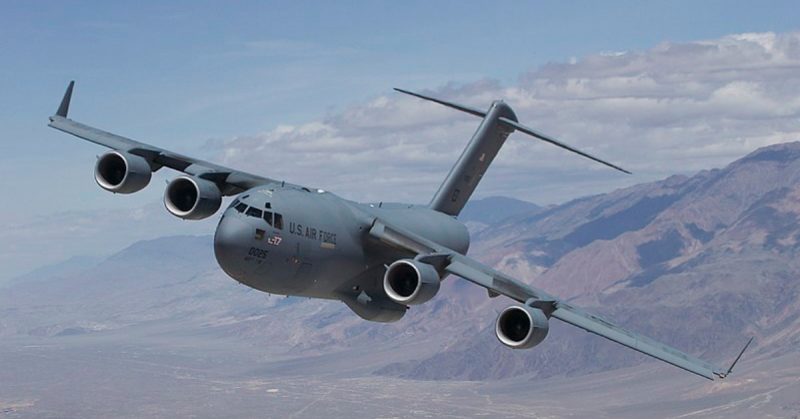In hindsight, peering through a modern lens, it’s easy to claim that the Allies were somehow destined to win World War II because their cause was just, it was right and good, and the enemy was so evil. If only we could watch some of those key events, what would we think today?
Thanks to video technology, we now can watch footage that is similar to some of the military moves and epic battles that helped score the final victory for the “good guys.” But we must remember that it isn’t that long ago – fewer than 80 years – when victory was nowhere near as certain as it seems upon reflection today.
In the early 1940s, when Great Britain and most of Western Europe was under attack, there was a distinct possibility that Hitler would emerge victorious. But three situations unfolded that contributed to Hitler’s defeat.
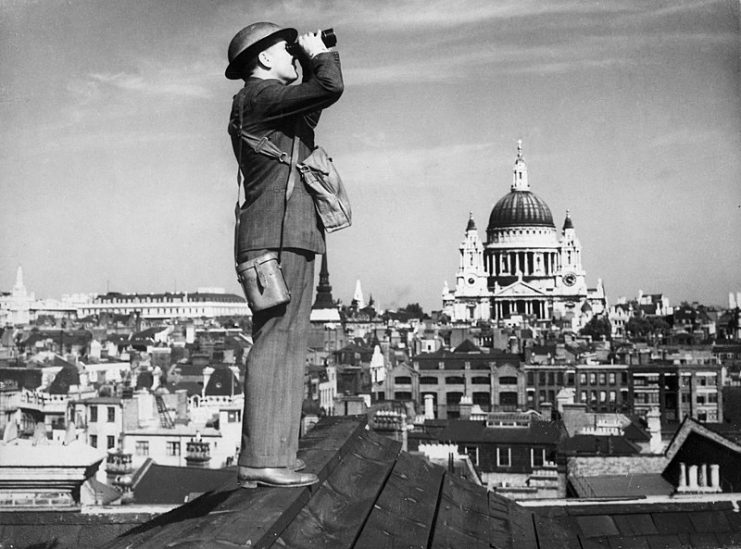
In June 1941, Germany invaded the Soviet Union in Operation Barbarossa, rather than Great Britain as many military experts of the day thought it would. The move caught the Soviets off guard, and they were not immediately able to fend off German troops effectively.
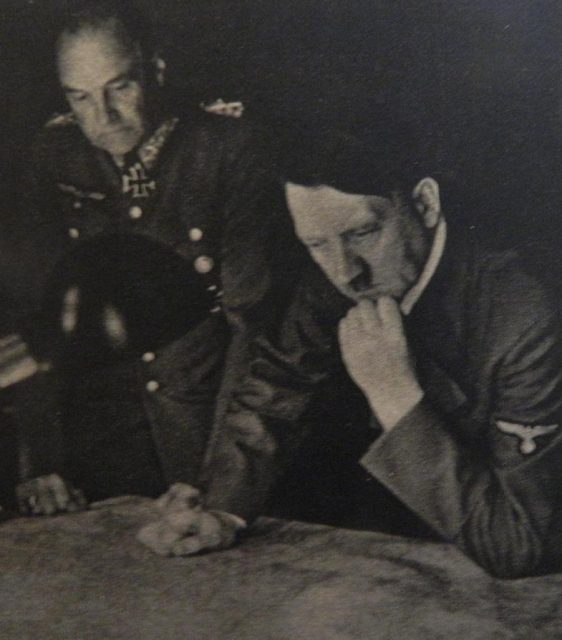
But it didn’t take long for the Soviets to dust themselves off, so to speak, and marshal thousands of troops. This in part doomed the invasion, as the USSR could outlast Germany with sheer numbers alone, and once its fury and determination were factored in, Hitler didn’t stand a chance.
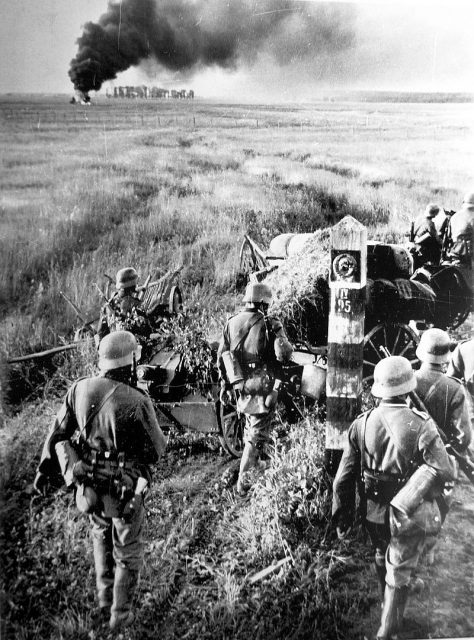
Still, the fighting continued, and many died. But a second situation occurred that helped seal Germany’s fate: the Japanese bombed Pearl Harbor in 1941 and killed 2,000 Americans. No one had ever attacked America on its own soil before, and people were outraged.
In the beginning of WWII, neither the U.S. government nor the American people had any appetite for another war–they had barely recovered from the Great War. But after Pearl Harbor, there was a groundswell of support for action, and the U.S. joined the Allies.
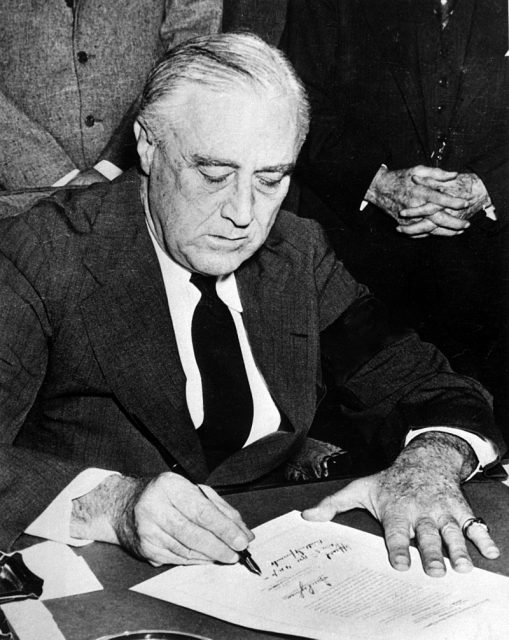
The third important event that ensured the Allies’ win was the mastermind planning of D-Day, when nations joined together and stormed the beaches at Normandy, France. Originally called Operation Neptune, D-Day brought together thousands and thousands of men, from all nations, in a launch of epic proportions. It was this maneuver that finally determined Germany’s loss, as its soldiers were driven back into Western Europe.
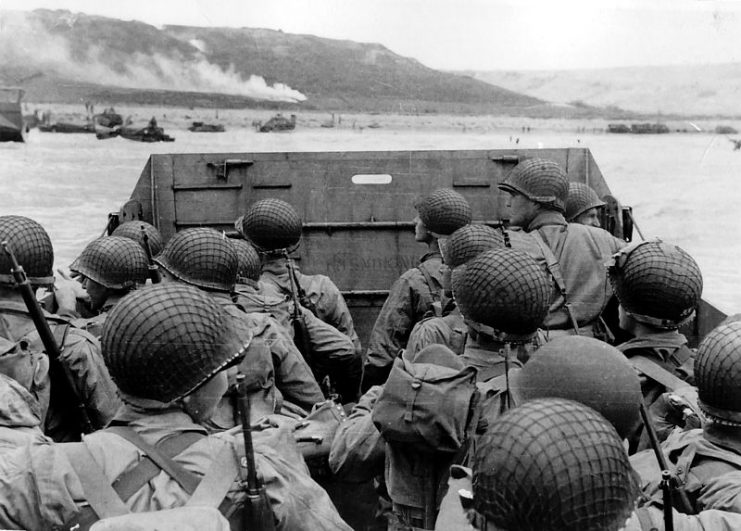
Military technology, equipment and strategy has changed enormously since those days almost 80 years ago. We teach our children about these events in school, and if we are lucky to have perhaps a grandfather who served, we can hear first-hand stories of what those days were like. But those latter opportunities are becoming scarcer as survivors pass away, and we must rely on archives and documents to tell their tales.
Now, we also have video footage, provided by the U.S. Armed Forces, that helps demonstrate how D-Day would perhaps unfold if it were being launched today.
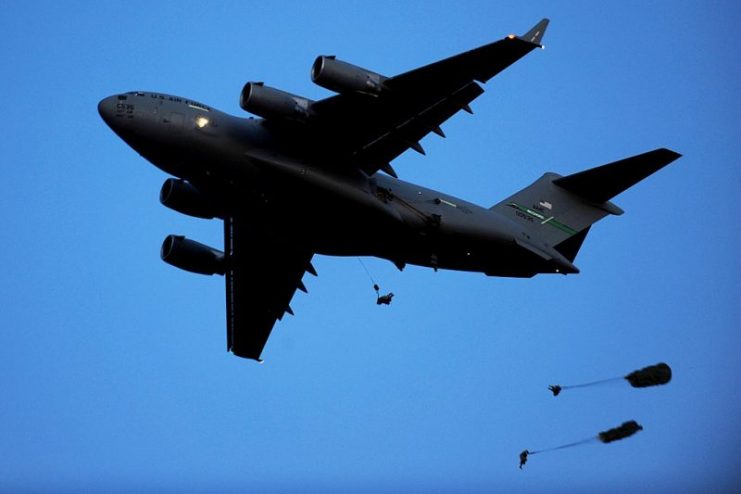
For example, there are clips of A-10 Thunderbolts and C-17 Globemasters in a Joint Forcible Entry Exercise, shot over the Keno Airfield at the Nevada Test & Training Range, in which personnel practice coordinating aircraft in perilous areas and dropping men onto tough, difficult ground.
Viewers can see training exercises in which an A-10 Warthog flies close to the ground and dispatches the “enemy.” When paratroopers land, we can watch them taking over turf to make it safe and usable as an airstrip. The personnel are clearly well-versed in strategic military moves, and their execution of each one is economical and thorough.
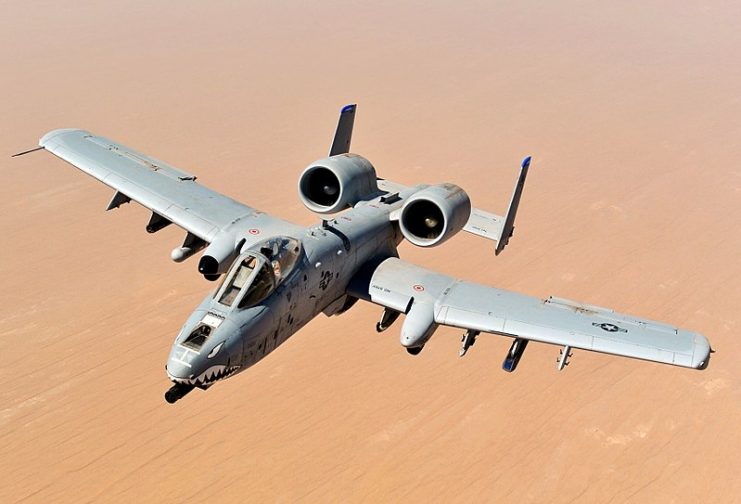
Read another story from us: Secrets of D-Day – Restoring the Neptune Monograph
We can only hope that this, or any other exercise in the Armed Forces, remains just that–an exercise. Being prepared for the worst is of course vitally important, but having to act in real situations like D-Day is quite another.
Meanwhile, the video footage inspires a fascinating “what if” thought: how would the U.S. Armed Forces handle D-Day in these modern times, if compelled to execute it with other nations today?
